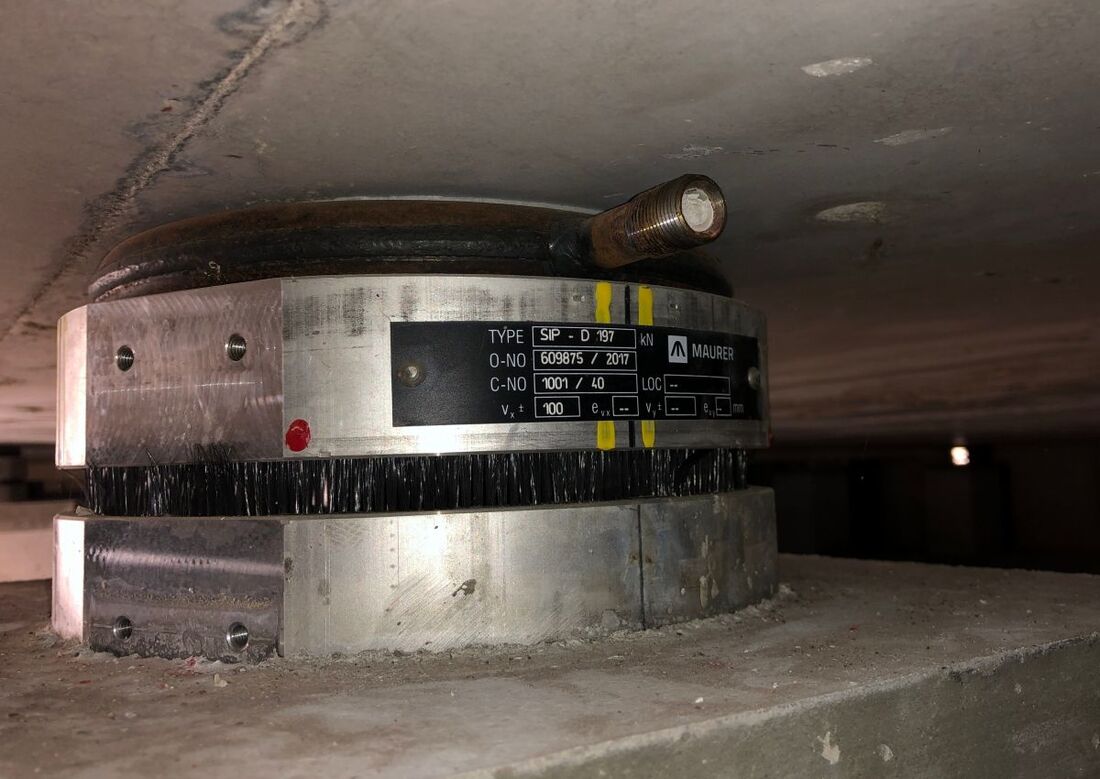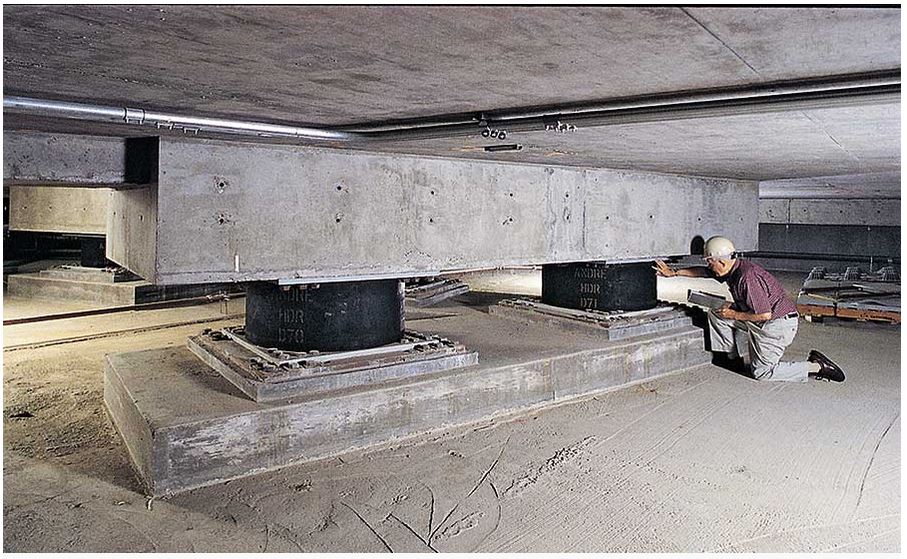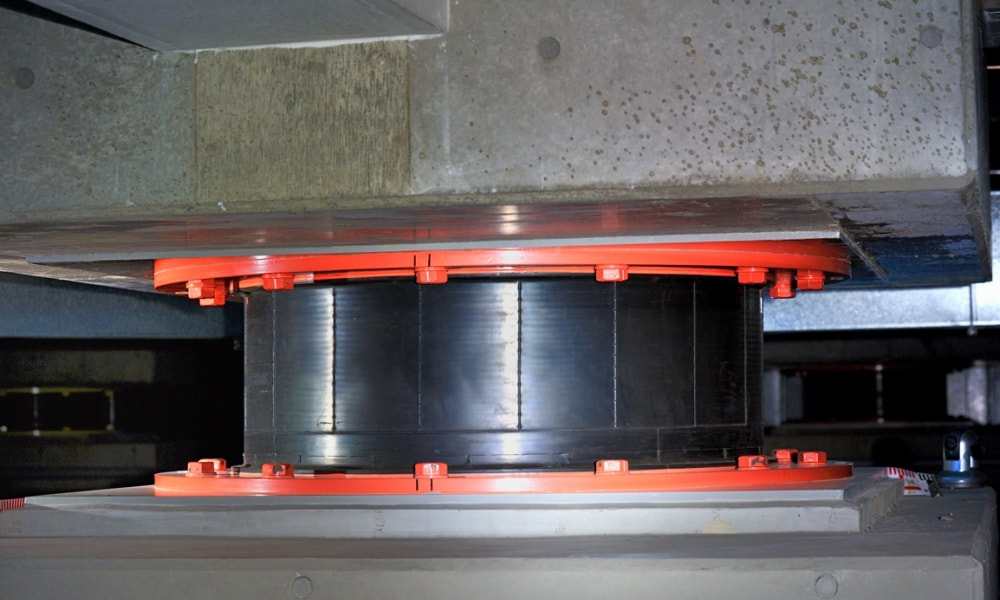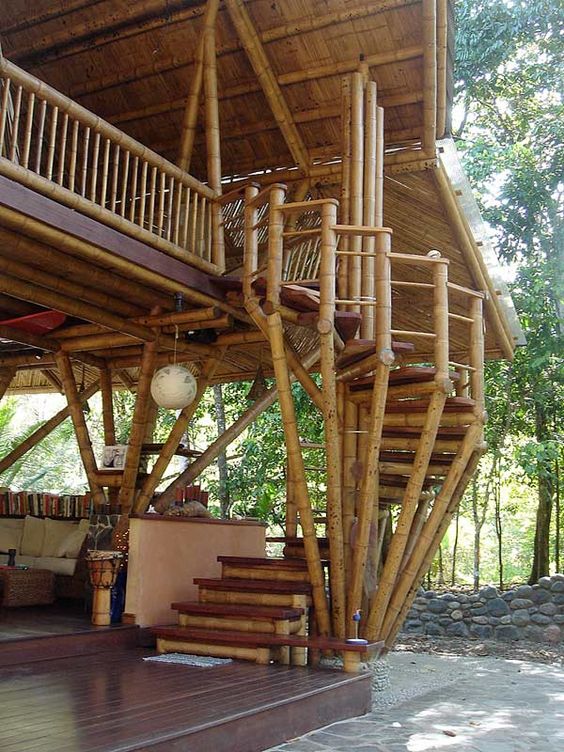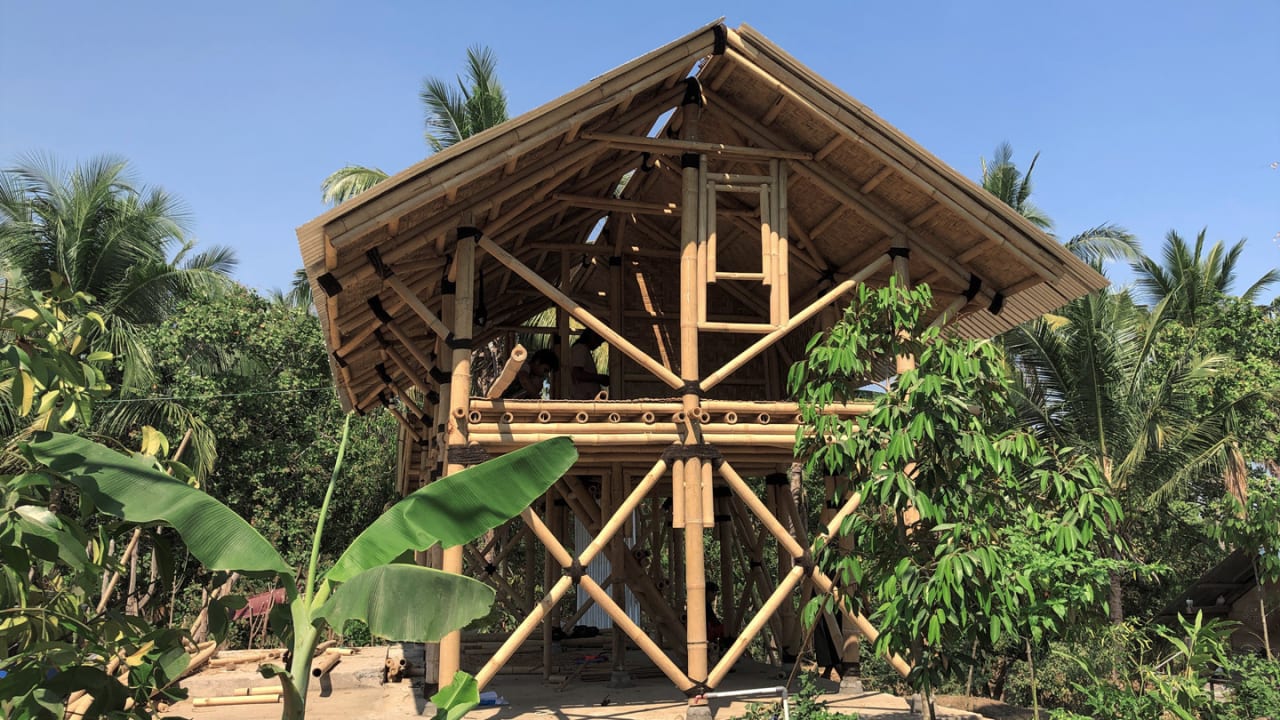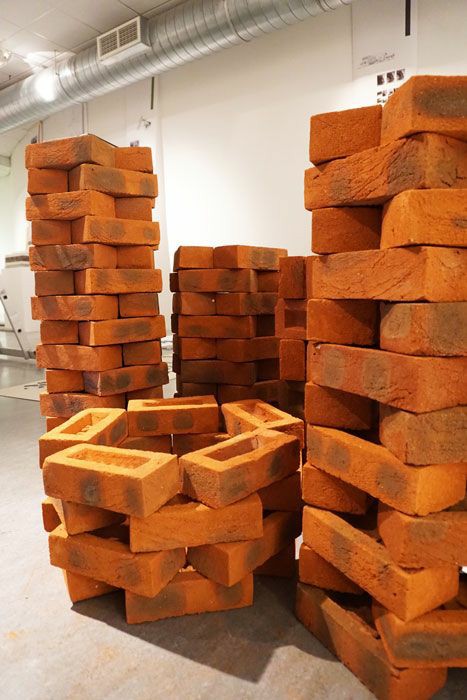seismic isolator
The concept of base isolation system had been suggested in last few decades and the available technologies and the knowledge of base isolation system are getting mature and well established. Seismic isolation systems are more effective when applied to high stiffness, low-rise buildings, owing to their abilities to alter the characteristic of the building from rigid to flexible. An increasing number of structures to be isolated reflects the fact that base isolation system is gradually becoming accepted as a proven technology in earthquake hazard mitigation.
The earthquake resistant structures can be categorized into rigid structures and flexible structures. In rigid structures, the control methods that are applied to withstand extreme loads are basically reducing the interstory displacement with the help of diagonal bracing, the installation of shear walls and the use of composite materials. In flexible structures, such as base-isolated buildings, the key control approach is to reduce the excitation input with the use of dampers and isolators. The control strategies of rigid structures were preferred to be earthquake hazard mitigation alternatives due to long-lasting established knowledge and the maturity of technologies pertinent to structural stiffening. However, significant interstory drift and floor accelerations of highly stiffening structures raise risks of severe devastation of the building, especially under large scale of earthquake. Flexible structures such as high-rise buildings can avoid resonant condition and effectively reduce structural responses.
Base isolation is an anti-seismic design strategy that can reduce the effect of earthquake ground motion by uncoupling the superstructure from the foundation. The structure can be decoupled from the horizontal components of the ground motion by interposing structural elements with low horizontal stiffness between the foundation and superstructure. After investigating these buildings that experienced the Kobe earthquake in 1995 in Japan, the performance of base-isolated buildings, subjected to a large scale earthquake has proven to be excellent as predicted. Hence, engineers have devoted tome and research to this topic and the isolation system technologies have been well developed and established in terms of theory, design and construction phases.

